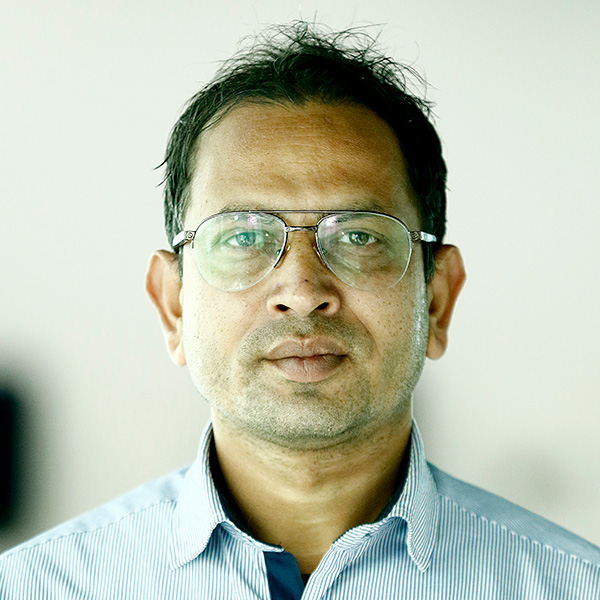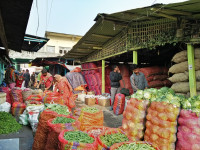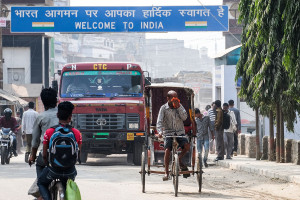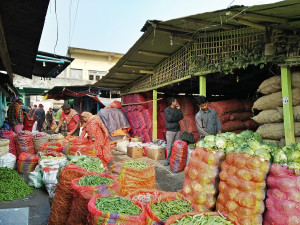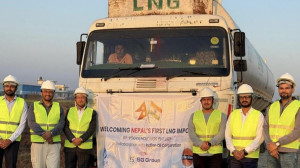Money
His last mountain: Alexander Pancoe dies on Makalu
Tragic start to the 2025 spring climbing season as four climbers have lost their lives in Nepal’s mountains.
Sangam Prasain
The spring climbing season in Nepal is only halfway through, but the mountains have already claimed four lives. Among them is American adventurer Alexander Pancoe, a man whose life was shaped by survival, ambition, and an unrelenting desire to give back.
Pancoe, 39, died on Sunday evening at Camp II on Makalu, the fifth-highest mountain in the world, standing at 8,485 metres. He had just returned from an acclimatisation rotation to Camp III and was resting when his life came to a sudden end.
“He had completed the rotation and was taking a break at Camp II. That’s when he died,” said Himal Gautam, director at the Department of Tourism, the government agency that oversees mountaineering activities.
His body is expected to be airlifted to Kathmandu after all formalities are completed and will then be handed over to his family.
Though the mountains can be brutal, Pancoe was no ordinary climber. He was a survivor of a brain tumour, an explorer who had pushed through physical and emotional limits, and a fundraiser who turned personal pain into purpose.
On his website, Peaks of Mind, Pancoe shared how in 2005, doctors found a tumour in his brain. He was just 19 years old. He underwent surgery at Lurie Children’s Hospital in Chicago, US, and the operation was successful. “Twenty years later, I have had no complications,” he wrote.
That ordeal led him on a new path. In 2016, Pancoe embarked on a “life-changing adventure” when climbing Mount Kilimanjaro, the highest mountain in Africa. That climb changed everything. “It wasn’t just about reaching the summit—it was about defying the limits imposed by fear, illness, and circumstance,” he wrote.
Over the next few years, he fell in love with the mountains. With each peak, he climbed closer to the sky and a larger mission. He created an initiative called “Peaks of Mind” to raise funds and awareness for paediatric blood cancer, something he would later face more personally than he had imagined.
Pancoe went on to accomplish the Explorer’s Grand Slam, an elite feat that included climbing the highest peak on each of the seven continents and skiing to the North and South poles. Fewer than 100 people in the world have achieved it.
“In 2019, after summiting Everest, and Denali, the highest mountain peak in North America, I became just the 15th American and one of 75 people globally to complete the Grand Slam,” he wrote. “In the process I raised almost $500,000 for Lurie Children’s.”
But the mountains would continue to test him.
In 2023, while climbing Ama Dablam—one of the most technically demanding peaks in the Himalayas—he became severely hypoxic. His body wasn’t coping with the altitude. It wasn’t until several months later that he learned why: he had developed Chronic Myeloid Leukaemia, a rare blood cancer that affects the bone marrow and blood.
“Chronic Myeloid Leukaemia is a lifelong cancer,” he wrote. “After almost two years of treatment to manage it, I am going to climb Makalu... It will be a massive challenge for me—climbing at altitude is hard without a chronic ailment—but I look forward to rising to the challenge.”
He also set a symbolic fundraising goal: $27,838, equal to Makalu’s height in feet, for the paediatric blood cancer programme at Lurie Children’s Hospital.
Makalu would be his final climb.
“We suspect a heart attack,” said Gautam. Pancoe’s death marked the fourth fatality of the 2025 spring season.
Just over a week earlier, on April 26, an Austrian climber—Martin Hornegger, 64—died while descending Ama Dablam after a successful summit. His body was found at the base of the mountain in the evening the same day.
Earlier in the season, on April 8, two Nepali mountain guides were killed by an avalanche on Annapurna, the world’s tenth-highest peak. Their deaths were the season's first, typically from March through May.
Yet despite the risks, the allure of Nepal’s mountains remains as strong as ever.
According to the Department of Tourism, 1,095 climbers from 73 countries have received permits to scale 26 different peaks this spring. Among them, 864 are men and 231 are women.
On Everest alone—the world’s highest—441 climbers have received permits as of May 5.
“We expect to issue a few more permits, though it may fall slightly short of our earlier estimate of 500,” said Gautam. “We still have a week left to issue them.”
In 2023, Nepal issued 478 permits for Everest, the highest ever. Last year, that number dipped slightly to 421.
The government has already collected Rs748 million in permit fees, with Rs650 million coming from Everest alone.
Meanwhile, preparations on the world’s tallest peak are nearly complete.
Rope-fixing teams have reached Camp IV, and summit attempts could begin as early as May 10 or 11, depending on weather conditions, said Gautam.
As climbers chase dreams above 8,000 metres each year, the dangers remain constant. The air thins, storms roll in without warning, and the human body is pushed far beyond its natural limits.
But for climbers like Pancoe, the journey was never just about reaching the summit. It was about meaning, memory, and the relentless pursuit of something greater than oneself.
He once wrote: “Giving back to Lurie’s has been one of the most gratifying accomplishments in my life. Having completed the ‘Explorer’s Grand Slam, my goal is to inspire people to find their Everest and to discover the passion and love I found for mountaineering and making a difference in the world.”




 13.12°C Kathmandu
13.12°C Kathmandu